Kauai Physical Therapy Blog
Home of Action Physical Therapy: Kauai's Premier Physical Therapy and Personal Fitness Clinic
Strength Training
Running Shoe Myths
Gimmicks aside, we can help our patients run faster and prevent injury, there’s just not a magical cure-all shoe to help do it. We would recommend plyometrics drills like box jumps, and spending more time in the weight room to become a stronger and more injury-free runner.
Myth #1: Running Shoes Prevent Injury
Myth #2: You Need to Shop for Your Foot Type
Myth #3: Energy Return Makes You Faster
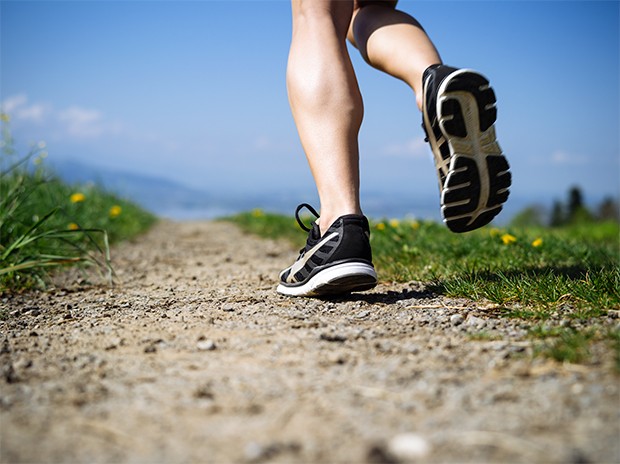
Myth #1: Running Shoes Prevent Injury
Never has any research been able to indicate that a shoe can prevent injury. Shoe companies will throw their tech jargon at you about their shoes “aiding this” or “preventing that.” Sorry, simply not true.
Myth #2: You Need to Shop for Your Foot Type
You have been marketed at to believe overpronators need motion control, people with high arches need more cushion, and neutral runners should be in a more neutral shoe. Again, just marketing from people selling you their shoes. Actually the whole arch support idea has been disproven.
Myth #3: Energy Return Makes You Faster
I think the original article has it stated best, “No shoe, unless it has an engine in it, will ever return energy to the runner.” No material in this world at this time returns any energy back to your stride.
Read more at: http://www.medbridgeeducation.com/h/clinical-pearl-jay-dicharry-top-3-myths-in-running-shoes-fb
How Arm Fatigue Affects Legs (and Vice Versa)
Can there be “nonlocal” effects of fatigue. Does arm exercise make your legs tired? And does leg exercise make your arms tired? The overall answer, under the right circumstances, seems to be yes. It’s still exactly clear how or why.

This is a big topic of research these days, because if we can understand how nonlocal fatigue works, we’ll be a lot closer to understanding how plain old local fatigue works too. There has been studies and the basic result was this: Whether you fatigue an arm or a leg, the opposite leg will be tired in a subsequent bout of exercise. Conversely, whether you fatigue an arm or leg, the opposite arm will not be tired in a subsequent bout of exercise.
Now that is weird. Really weird. Read More:
Stay Healthy by Playing Less? Dr. Andrews thinks so. You should listen.
Dr. James Andrews is the undisputed rock star of orthopedic surgeons. His personal statistics regarding number of surgeries are mind-numbing. The list of who’s who in professional and collegiate sports he has repaired is unparalleled. The contracts his patients have signed post surgery exceeds a billion dollars. To put it succinctly, Dr. Andrews is the authority on sport injuries. Now he wants you to stop playing sports so much. Read on.
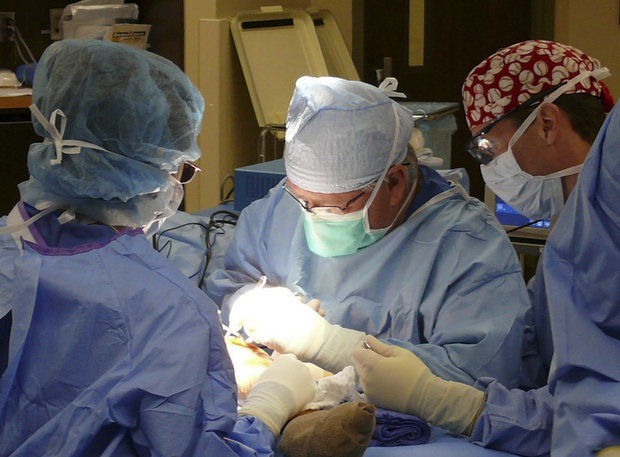
The crux of Dr. Andrews new book, Any Given Monday: Sports Injuries and How to Prevent Them, for Athletes, Parents and Coaches — Based on My Life in Sports Medicine, and personal goal is to stop treating child athletes like they are adults. “I hate to see the kids that we used to not see get hurt. … Now they’re coming in with adult, mature-type sports injuries. It’s a real mess. Maybe this book will help make a dent,” states Dr. Andrews.
His advice is simple. First, kids need a rest between seasons. He advises against specialization where a child plays a sport year round exposing them to more traumatic and repetitive injuries. And second, a child shouldn’t be worked out as if they are a adult. Training for children should be geared towards the child’s age.
For more in depth information on Dr. Andrews and sports medicine click here:
Or watch the video here:
Scapulothoraticic Bursitis, or as most people call it, “My shoulder hurts.”
The shoulder is a complicated and often over-used joint prone to various pain-causing issues. Between swelling of the bursa, bony abnormalities and insufficient musculature, the shoulder can become a painful and noisy joint. Sound familiar? The first step to healing and returning to pain-free movement is see your P.T.
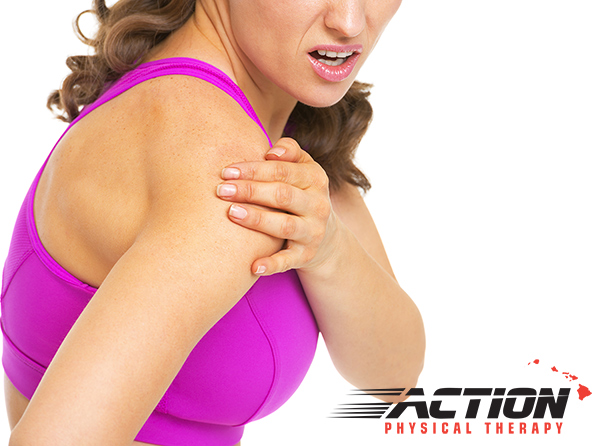
Motion in the shoulder depends on adequate coordination of the concave scapula on the convex thoracic wall by the periscapular musculature. Incongruence, which has several possible causes, such as bony abnormalities, insufficient muscular control and the thickening and scarring of connective tissue may result in a painful grating sound or sensation produced by friction between bone and cartilage during movement.
If you are interested in learning more read here or contact Action PT today.
Soreness from Your Workout Doesn’t Mean You’re Getting Stronger.
Muscle soreness caused from working out doesn’t make you stronger. Soreness just makes you hurt. Lifting heavier weights makes you stronger, because that is what stronger means–the ability to produce more force.
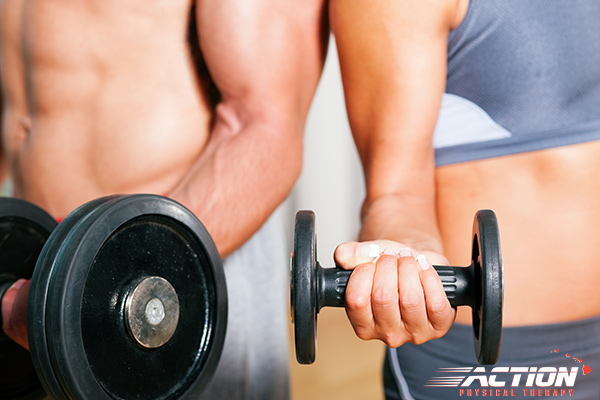
In the article, “Why Being Sore Doesn’t Mean You’re Getting Stronger,” posted on PJMedia.com, we learn that soreness doesn’t mean progress. There are three modes of muscle contraction: Concentric, Eccentric, and Isometric, but it is only eccentric muscular contractions that will create muscular soreness. This article breaks down the three types of muscular contractions and explains what is happening to your muscles to make you feel sore. This soreness is a normal part of training, but chronic systemic inflammation is a very bad thing for your health.
Click here to read this interesting article on PJMedia.com
PJMedia is a blog that sheds light on issues important to Americans through insightful reporting, commentary and analysis.
Are you doing the perfect pull-up?
Using proper technique for all exercises will help you prevent injury and get more out of the movement. Here’s a few tips from coreperformance.com about how to perform a perfect pull-up.
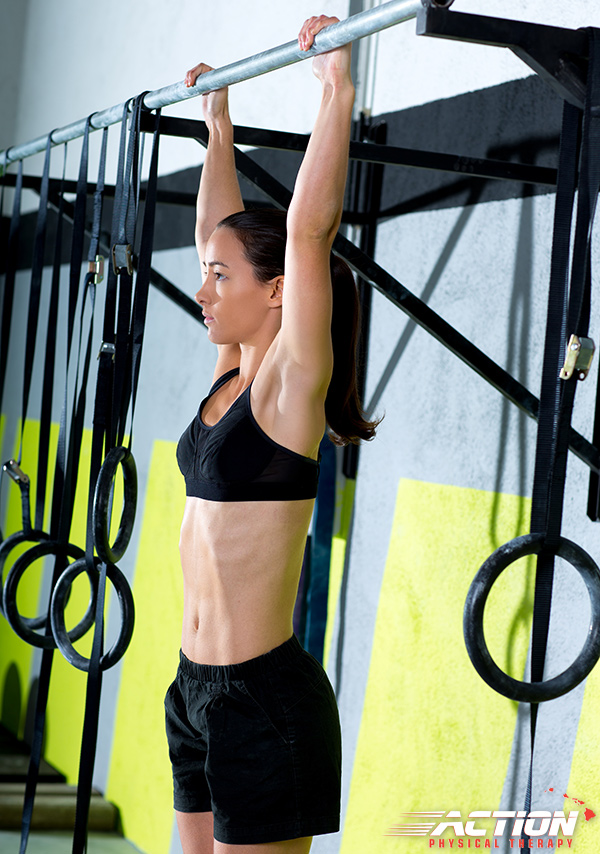
Have you ever wondered if you are doing a pull-up properly? The pull-up is one of the best upper body exercises and provides you with the greatest benefits to your back and upper body. It’s functional, versatile, and easy to throw into a circuit. That’s not to say it’s easy to do right. Pull ups are one of the hardest exercises you can do, well if you do it right.
Here are a few key points to perfecting the pull-up.
• Hang loose.
• Get a grip.
• Stay still.
• Focus.
• Stay tight.
• Keep control.
Click here to read the full article, “Q&A: The Perfect Pull-Up”
How Women Can Strengthen Their Hips to Prevent Injury.
It is one of the most overlooked muscles, but it is an important one. Mark Verstegen, president and founder of Core Performance, shares some basic exercises that will activate the hip muscles and help improve your external and internal hip rotation movement.
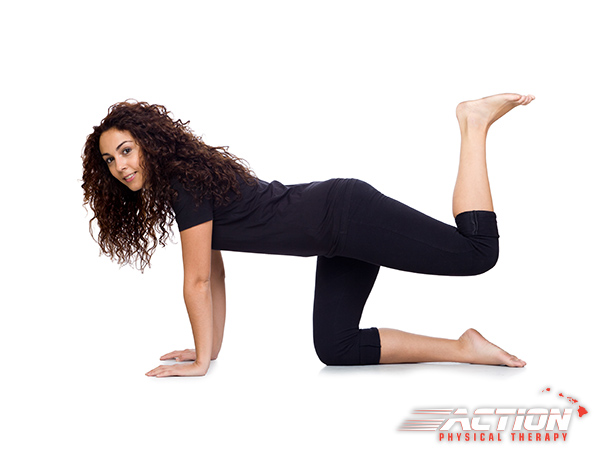
The next time you workout, add a couple of these exercises to your routine. Not only will will help you prevent hip pain, back pain, knee pain or injuries, but will help you look great.
1. Quadruped Hip Abduction
2. Single-Leg Glute Bridge
3. External Hip Raise
4. Lateral Band Walk
5. Rotational Medicine Ball Throw
Overtraining can kill you part 2
How are you adapting to the physical stresses you’re putting on your body? Here’s part 2 on breakingmuscle.com
Part 2 of 2 ( Here’s part 1 in case you missed it.)
 Today we talk about stage three – the stage that can literally kill you and can take years to recover from. Consider this a cautionary tale.
Today we talk about stage three – the stage that can literally kill you and can take years to recover from. Consider this a cautionary tale.
http://breakingmuscle.com/training/overtraining-can-kill-you-3-stages-overtraining-part-2
Overtraining? Too much exercise?
Are you doing too much. Getting enough recovery time. Is your exercise program destroying you? Check out the article on breakingmuscle.com.
Part 1 of 2
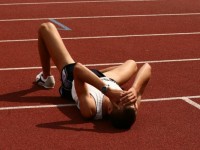 If you’ve been around the fitness scene for any length of time you’ll have heard it whispered about like Beetlejuice with people seemingly afraid to say it out loud for fear of invoking its wrath. The workouts done by this group wouldn’t hurt an average sized cat. Then there’s the other side of the coin. The no pain, no gain crew who don’t believe you can ever overtrain and who boast about causing rhabdomyolysis in their clients. Like with most things there’s truth to both sides and the smart approach is straight down the middle. Read more:
If you’ve been around the fitness scene for any length of time you’ll have heard it whispered about like Beetlejuice with people seemingly afraid to say it out loud for fear of invoking its wrath. The workouts done by this group wouldn’t hurt an average sized cat. Then there’s the other side of the coin. The no pain, no gain crew who don’t believe you can ever overtrain and who boast about causing rhabdomyolysis in their clients. Like with most things there’s truth to both sides and the smart approach is straight down the middle. Read more:
http://breakingmuscle.com/training/overtraining-can-kill-you-3-stages-overtraining-part-1
3 Great Core Exercises
At the basis of all good fitness, all strength training, all injury prevention, and all sports performance enhancement is core strengthening. At Action PT we strongly encourage the strengthening of your core as the single most effective way to improve your daily recreational and athletic performance.
Here are 3 great exercises that maximize the core strength and get you going down the road to peak performance.
1. Twisting Crunch
 Everyone knows what a crunch is. Heck, there is even a chain of fitness clubs named after this clichéd exercise. But the twisting crunch has replaced the normal crunch as one of the best core exercises. The twisting version targets every abdominal muscle at the same time.
Everyone knows what a crunch is. Heck, there is even a chain of fitness clubs named after this clichéd exercise. But the twisting crunch has replaced the normal crunch as one of the best core exercises. The twisting version targets every abdominal muscle at the same time.
1:: Start with your typical crunch position, fingers behind ears
2:: Lift up you upper body to a 45 degree angle, and then twist from left, to right, to left again.
3:: Do this quickly for the best results.
2. Plank
![]() Sit ups are so last decade. So what’s the the number one core exercises to build up your upper and lower body muscles? The Plank. When done correctly, this simple static manouver will bring on that 6-pack in a hurry.
Sit ups are so last decade. So what’s the the number one core exercises to build up your upper and lower body muscles? The Plank. When done correctly, this simple static manouver will bring on that 6-pack in a hurry.
1:: Lie down flat on your stomach.
2:: Slowly push your body up with your forearms while maintaining your elbows at a 90 degree angle
3:: Keep your body straight for a minute for each rep.
Not gnarly enough? Lift one foot off the ground or add in a stability ball.
3. V Sit Hold
 The V sit is very intense. It is a mental game that is easily lost. But this one is about maintaining proper form for as long as posible. It really hones in on your abs and helps you build up your core stability.
The V sit is very intense. It is a mental game that is easily lost. But this one is about maintaining proper form for as long as posible. It really hones in on your abs and helps you build up your core stability.
1:: Lie completely flat on your back
2:: Lift your arms and legs off the ground to create a “V” shape.
3:: Hold. Maintain this position for as long as you are physically able to.
We hope we have encouraged you to try these 3 basic core exercises. We know you will benefit from them. If you need more help, or want to go further (or recover) call us to discuss your health and wellness needs. 808-246-0144


